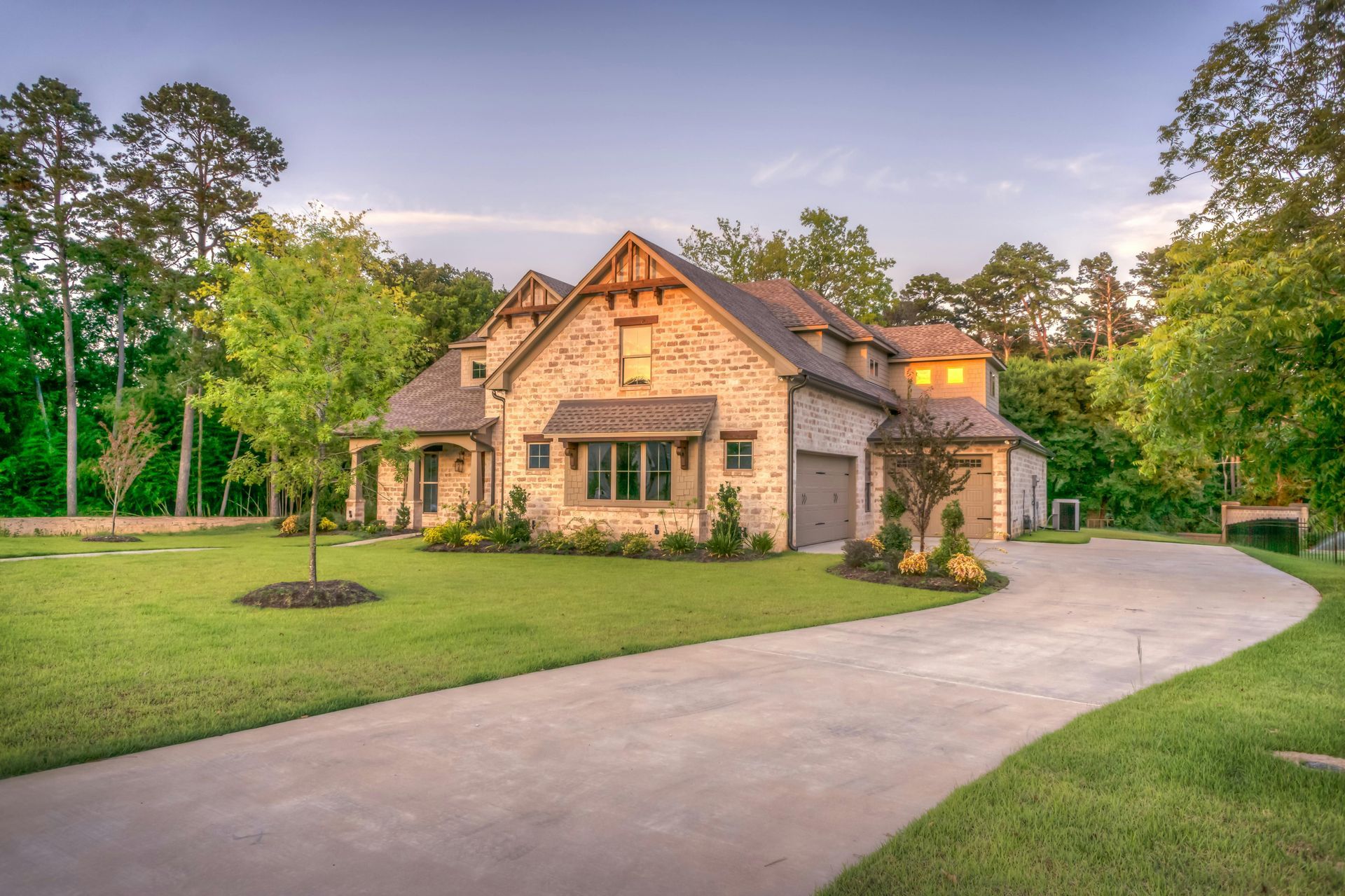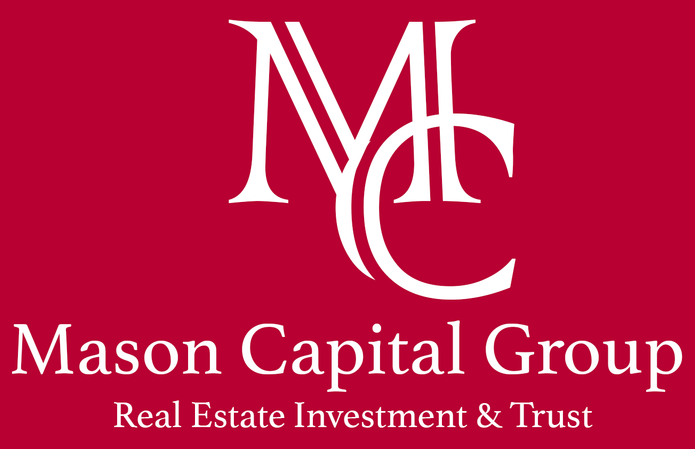South Florida Tops the Charts for Housing Cost Burden
South Florida Tops the Charts for Housing Cost Burden.
What It Means for Investors

South Florida Tops the Charts for Housing Cost Burden—What It Means for Investors
A recent study by Consumer Affairs has revealed a sobering reality for homeowners in South Florida: the region is home to some of the most “house-poor” cities in the United States. For real estate investors and stakeholders, this data offers both a cautionary tale and a strategic opportunity.
What Does “House-Poor” Mean?
Being “house-poor” refers to homeowners spending a disproportionate share of their income on housing-related expenses—mortgage payments, property taxes, insurance, utilities, and HOA fees. Financial experts generally advise that housing costs should not exceed 28–30% of a household’s gross income. However, many South Florida residents are far exceeding this threshold.
Hialeah: The Most House-Poor City in the U.S.
According to the Consumer Affairs analysis, Hialeah ranks No. 1 nationwide, with the average homeowner spending 36.9% of their income on housing. Based on a median household income of $71,386 and monthly housing costs of $2,193, Hialeah residents are feeling the financial squeeze more than any other city in the country
Miami and Pembroke Pines Also Rank High
The City of Miami and Pembroke Pines also made the top 10 list:
- Miami ranks No. 5, with homeowners allocating 32.3% of their income to housing. The median income is $107,481, and monthly housing costs average $2,893.
- Pembroke Pines comes in at No. 6, where residents spend 32% of their income on housing. The median income is $103,178, and monthly housing costs are $2,751
These figures highlight a growing affordability crisis in areas traditionally seen as desirable for both lifestyle and investment.
Implications for Real Estate Investors
For firms like Mason Capital Group, these findings underscore the importance of balancing opportunity with responsibility. High housing cost burdens can signal strong demand and limited supply—conditions that may drive up property values. However, they also raise concerns about long-term sustainability, tenant retention, and community stability.
Investors should consider:
- Affordable housing development as a strategic niche with both social impact and financial return.
- Mixed-income housing models to diversify risk and meet broader market needs.
- Monitoring local policy changes, such as zoning reforms or tax incentives, that may affect housing affordability and investment viability.
Final Thoughts
South Florida’s housing market remains dynamic and complex. While the region’s “house-poor” status may raise red flags, it also presents a call to action for real estate professionals to innovate and invest wisely.
For more insights on real estate trends and investment strategies, stay connected with Mason Capital Group.




